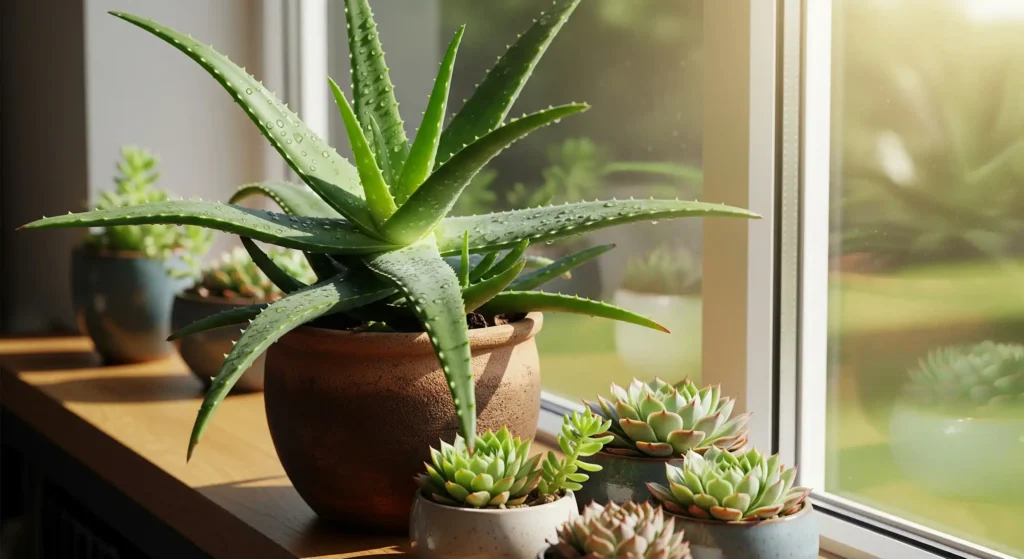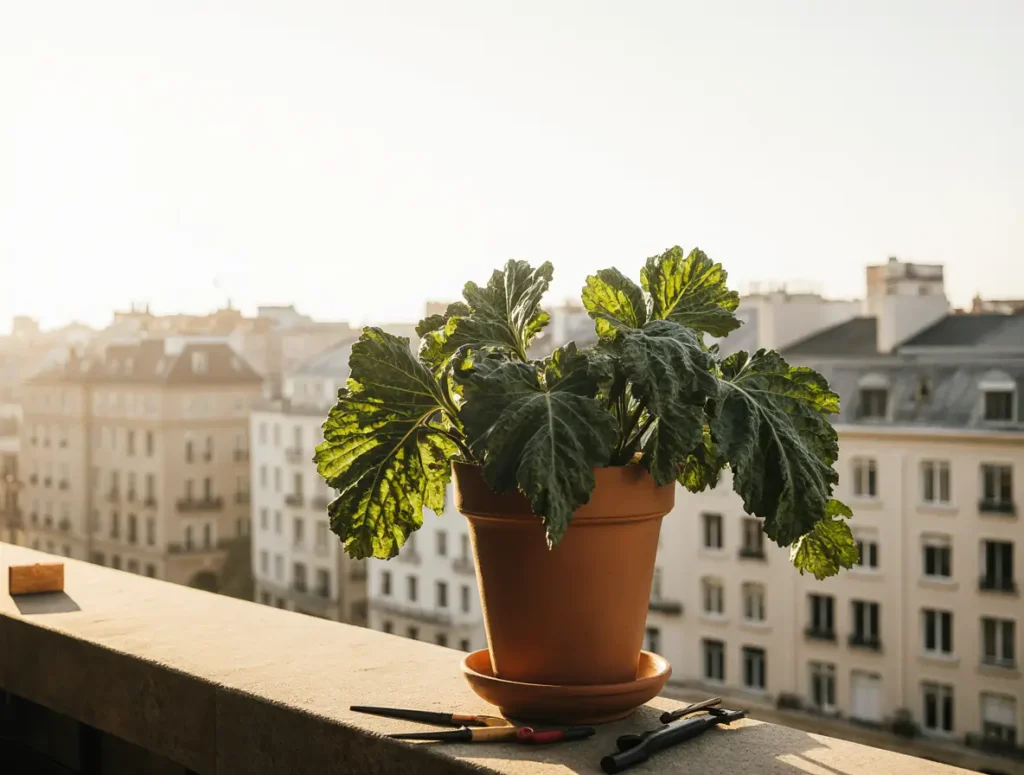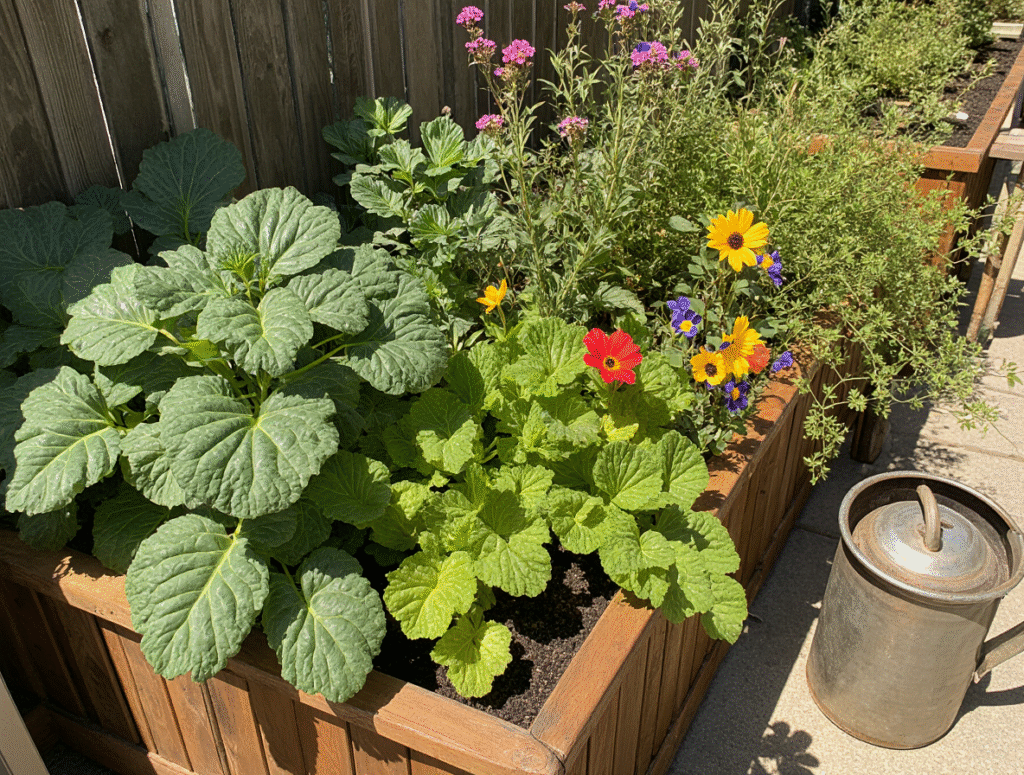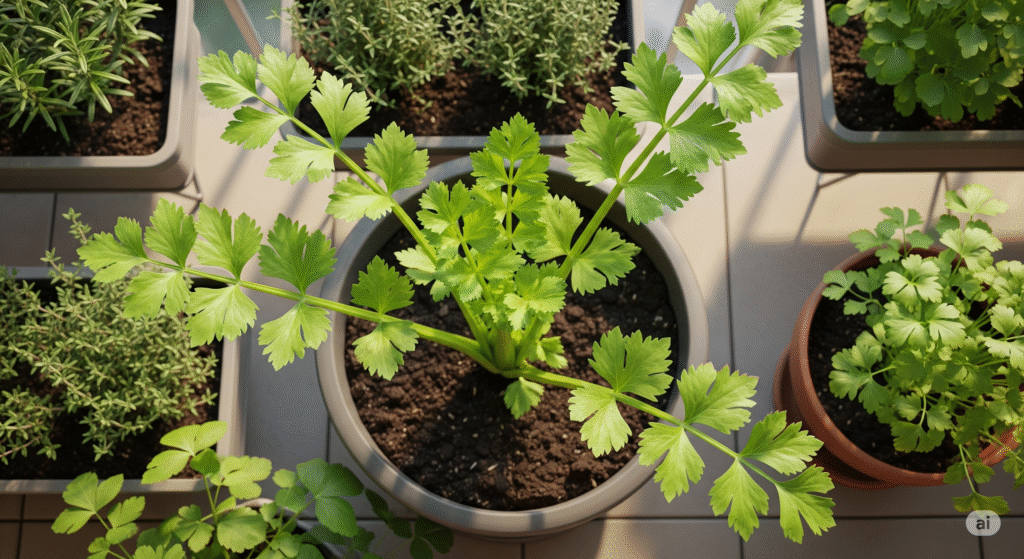
Growing Carrots: A Complete Guide to Planting, Harvesting, and Using Carrots
Carrots are one of the most versatile and nutritious vegetables you can grow, whether you’re a seasoned gardener or just starting out. They’re easy to cultivate, rich in vitamins, and incredibly rewarding to harvest. But what if you don’t have access to a traditional garden? No problem! With a bit of creativity, you can successfully grow carrots indoors, on your balcony, or even in small containers. In this guide, we’ll walk you through everything you need to know about planting carrots indoors and outdoors, harvesting them, using them in recipes, and preserving your bounty for future use.
Why Should You Consider Growing Carrots?
Before diving into the details of how to plant carrots, let’s explore why they’re such a popular choice for home gardeners:
- Nutritional Value: Carrots are packed with beta-carotene, fiber, and essential vitamins like Vitamin A, making them a healthy addition to your diet.
- Versatility in Cooking: From salads to soups, roasted dishes to fresh juices, carrots can be used in countless recipes.
- Compact Growth: Unlike sprawling plants like pumpkins or zucchini, carrots take up minimal space, making them ideal for small gardens or indoor setups.
- Low Maintenance: Once established, carrots require relatively little care compared to other crops.
- Pest Resistance: When grown indoors or in controlled environments, carrots are less likely to fall victim to pests like slugs, rabbits, or deer.
If you’ve been hesitant to try growing vegetables at home, carrots are an excellent starting point. And if outdoor gardening isn’t an option for you, rest assured that planting carrots indoors is entirely possible—and surprisingly straightforward.
Choosing the Right Setup for Your Carrot Garden
The first step to growing carrots is deciding where and how you want to plant them. Whether you opt for indoor pots, window boxes, or outdoor raised beds, selecting the right setup will set the foundation for success. For detailed advice on soil preparation and container gardening, refer to the USDA gardening guidelines.
- Indoor vs. Outdoor Growing
Indoor Growing: Perfect for Small Spaces
If you live in an apartment, condo, or urban area without access to a backyard, planting carrots indoors is a fantastic solution. Here’s why:
- Year-Round Harvest: Indoor gardening allows you to enjoy fresh produce regardless of the season.
- Control Over Environment: You can regulate temperature, light, and moisture levels to create optimal growing conditions.
- Fewer Pests: By keeping your carrots indoors, you eliminate the risk of critters nibbling on your crop.
Outdoor Growing: Ideal for Larger Yields
For those with access to outdoor spaces, growing carrots directly in the ground or in larger containers offers several advantages:
- Higher Yield Potential: More space means more room for carrots to spread out and thrive.
- Natural Sunlight: Direct sunlight provides the energy needed for robust growth.
- Easier Maintenance: Outdoor setups often require less hands-on attention than indoor ones.
Ultimately, the decision comes down to your available space, resources, and personal preferences. Both methods can yield delicious results when done correctly.
Selecting Containers for Planting Carrots Indoors
When planting carrots indoors, choosing the right container is crucial. The depth and size of the container must accommodate the length of the carrot roots while providing adequate drainage.
Key Factors to Consider
- Depth Requirements:
- Short-root varieties (like Parisian or Chantenay) only need containers that are 8–10 inches deep.
- Longer-root types (such as Imperator or Nantes) require deeper pots—ideally 12–14 inches—to prevent root deformities.
- Material Options:
- Plastic Pots: Lightweight, affordable, and retain moisture well.
- Fabric Grow Bags: Promote air pruning and prevent root circling.
- Upcycled Containers: Items like buckets or bins can work perfectly after adding drainage holes.
- Drainage Holes: Ensure your container has sufficient drainage to avoid waterlogged soil, which can lead to rot.
By carefully selecting your containers, you’ll provide your carrots with the best possible environment to flourish.
Preparing the Soil for Planting Carrots Indoors
One of the biggest advantages of indoor gardening is the ability to control the soil quality. For carrots, this means using a loose, well-draining potting mix free of rocks and debris.
Soil Preparation Tips
- Mix Composition: Combine two parts potting soil with one part compost for nutrient-rich soil.
- Additives: Incorporate bone meal or low-nitrogen fertilizer to promote strong root development.
- Moisture Levels: Before planting, ensure the soil is evenly moist but not soggy.
Avoid dense or clay-heavy soils, as these can cause carrots to fork or twist during growth. Instead, aim for a light, airy texture that allows roots to grow straight and strong.

Step-by-Step Guide to Planting Carrots Indoors
Now that you’ve prepared your containers and soil, it’s time to get your hands dirty—or rather, clean, since you’re working indoors!
- Sowing Seeds
- Seed Depth: Plant seeds about ¼ inch deep, spacing them roughly ½ inch apart.
- Grid Pattern: Arrange seeds in a grid formation instead of rows to maximize space efficiency.
- Pelleted Seeds: Consider using pelleted seeds for easier handling and precise placement.
- Watering After Planting
- Use a spray bottle or fine mist nozzle to gently water the soil without disturbing the tiny seeds.
- Maintain consistent moisture until germination occurs, typically within 7–14 days.
- Providing Adequate Light
- Place your containers near a sunny window that receives at least 6–8 hours of natural light daily.
- If sunlight is limited, supplement with grow lights positioned 6–12 inches above the soil surface.
Caring for Your Indoor Carrot Crop
Once your seeds have sprouted, ongoing care is essential to ensure healthy growth and a successful harvest.
Watering Practices
- Check soil moisture regularly by inserting your finger into the top inch of soil. Water when it feels dry.
- Avoid overwatering, as soggy soil can lead to root rot.
Thinning Seedlings
- When seedlings reach 2–3 inches tall, thin them to 1.5–3 inches apart, depending on the variety.
- Use scissors to snip unwanted seedlings at the base rather than pulling them, which could damage neighboring roots.
Fertilizing
- Feed your carrots every 3–4 weeks with a liquid organic fertilizer or compost tea.
- Steer clear of high-nitrogen fertilizers, as these encourage leafy growth at the expense of root development.
Hilling Roots
- As carrots mature, their tops may push above the soil line. Cover exposed shoulders with additional potting mix to prevent bitterness caused by sun exposure.
Harvesting Your Indoor Carrots
The moment you’ve been waiting for—harvest time! Most carrot varieties are ready to harvest 2–3 months after planting. However, baby carrots can be picked earlier for a sweet, tender treat.
How to Harvest
- Gently loosen the soil around each carrot before pulling it out to avoid breakage.
- Selectively harvest every second root to allow remaining carrots to continue growing.
Exploring Carrot Varieties for Indoor Growing
Not all carrots are created equal, especially when it comes to indoor cultivation. Some varieties are better suited for containers due to their shorter root length and compact growth habit.
Top Picks for Indoor Gardening
- Parisian: Round, sweet roots perfect for shallow containers.
- Nantes: Cylindrical roots with exceptional flavor, ideal for medium-depth pots.
- Chantenay: Triangular roots that thrive in smaller spaces.
Experiment with different types to discover which ones suit your taste and growing conditions best.

How to Use Carrots in Recipes
Once you’ve harvested your fresh, homegrown carrots, the fun doesn’t stop there! Carrots are incredibly versatile and can be used in a wide variety of dishes to add flavor, texture, and nutrition. Here are some delicious ways to incorporate carrots into your meals:
- Raw Carrots: Fresh and Crunchy
- Salads: Shred or julienne raw carrots and toss them into salads for a sweet, crunchy element. Pair them with leafy greens, nuts, and a tangy vinaigrette.
- Snacks: Slice carrots into sticks and serve them with hummus, guacamole, or your favorite dip for a healthy snack.
- Slaws: Combine shredded carrots with cabbage, apples, and a creamy dressing to make a refreshing carrot slaw.
- Cooked Carrots: Sweet and Savory
- Roasted Carrots: Toss whole or sliced carrots with olive oil, garlic, and herbs like thyme or rosemary. Roast them in the oven at 400°F (200°C) until caramelized and tender.
- Soups and Stews: Add chopped carrots to soups, stews, or broths for natural sweetness and depth of flavor. Try classic recipes like carrot ginger soup or chicken vegetable stew.
- Steamed or Boiled: Steam or boil carrots until soft, then mash them with butter, salt, and pepper for a simple side dish.
- Creative Twists
- Carrot Fries: Cut carrots into fry-shaped strips, season with spices, and bake until crispy for a healthier alternative to traditional fries.
- Juicing: Blend carrots with fruits like oranges or apples, and veggies like ginger or spinach, to create nutrient-packed juices.
- Baking: Grate carrots and fold them into muffins, cakes, or breads for added moisture and sweetness. Carrot cake is a timeless favorite!
How to Preserve Your Harvest
If you’ve grown more carrots than you can use right away, consider preserving them to extend their shelf life. Here are a few methods to try:
- Freezing
- Wash, peel, and slice carrots into uniform pieces.
- Blanch them in boiling water for 2–3 minutes, then plunge into ice water to stop the cooking process.
- Freeze in airtight bags or containers for up to 12 months.
- Pickling
- Slice carrots and pack them into sterilized jars with spices like dill, garlic, and peppercorns.
- Pour a hot brine made from vinegar, sugar, and salt over the carrots, then seal the jars.
- Store pickled carrots in the refrigerator for up to 3 months.
- Dehydrating
- Thinly slice carrots and arrange them on a dehydrator tray.
- Dry at 125°F (52°C) until crisp, then store in an airtight container for up to 6 months.
- Canning
- Follow tested canning recipes to safely preserve carrots in jars.
- Pressure canning is recommended for low-acid vegetables like carrots.
Frequently Asked Questions (FAQ)
Here are answers to some of the most common questions about growing carrots in containers:
- Can I grow carrots indoors?
Yes! Carrots can thrive indoors as long as they have access to adequate light (natural or artificial), proper drainage, and enough depth to accommodate their roots. Use containers at least 8–14 inches deep, depending on the variety.
- How deep should the container be for growing carrots?
The depth of the container depends on the type of carrot you’re growing:
- Short-root varieties (e.g., Parisian): 8–10 inches deep.
- Long-root varieties (e.g., Imperator): 12–14 inches deep.
- What kind of soil is best for growing carrots?
Use a lightweight, loose, and well-draining potting mix. Avoid heavy or rocky soils, as these can cause carrots to fork or twist. Mixing in compost and bone meal can improve soil fertility and root development.
- How often should I water my potted carrots?
Check the soil moisture every 1–2 days. Water when the top inch of soil feels dry. Keep the soil lightly moist but not soggy to prevent root rot or splitting.
- When should I thin my carrot seedlings?
Thin your seedlings once they reach 2–3 inches tall. Space them 1.5–3 inches apart, depending on the variety. Use scissors to cut unwanted seedlings at the base to avoid damaging nearby roots.
- How do I prevent my carrots from becoming bitter?
Cover exposed carrot shoulders with additional potting mix to shield them from direct sunlight, which can cause bitterness. Also, avoid letting the soil dry out completely, as drought stress can affect flavor.
- Can I grow carrots in unconventional containers like buckets?
Absolutely! Upcycled materials like 5-gallon buckets work well as long as they have drainage holes and are filled with suitable soil. Drill holes in the bottom if necessary.
- How long does it take for carrots to mature?
Most carrot varieties take 2–3 months to mature, but check the seed packet for specific “days to maturity.” Baby carrots can be harvested earlier for a sweeter, tender treat.
- Why are my carrots forked or twisted?
Forked or twisted carrots usually result from poor soil conditions, such as rocky or compacted soil. Ensure your potting mix is loose, stone-free, and deep enough for the roots to grow straight.
- Can I grow carrots year-round?
Yes, you can grow carrots year-round indoors or in a greenhouse. Outdoors, succession planting and cold frames can extend the growing season into fall and winter.
Final Thoughts: Start Planting Carrots Today!
Whether you choose to grow carrots indoors or outdoors, the process is simple, rewarding, and highly customizable. By following the steps outlined in this guide, you’ll be well-equipped to plant, nurture, and harvest your own vibrant carrot crop. And once you’ve brought in your bounty, you’ll have endless possibilities for cooking and preserving these delicious roots.
So, what are you waiting for? Grab some seeds, pick out your favorite container, and start planting carrots today. Your future self—and your dinner plate—will thank you!
You Might Like




